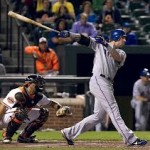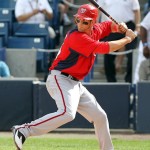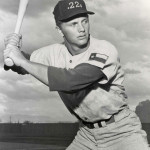From Tragedy’s Pain and Anguish, A New Look at How to Enhance the Batting Competence In M.L.B. and All of BASEBALL.
There is only one legitimate way to improve the Major League batting Prowess, but there are countless artificial/superficial ways. In “round-table” discussions, Major-League Baseball analysts have recently been pondering the prospects of what would improve the batting prowess of Baseball’s elite branch of offensive facilitators. Since Pitching has become so dominant, a few obvious solutions center around how to make the pitchers’ effectiveness be less than preponderant. So, two logical proposals have been placed on the table:
- Lower the Pitching mound (maybe “flat-ground”). More pitchers are now having surgeries on shoulders and elbows. This should increase that rate and diminish the ranks of the “high-quality” pitcher, eventually.
- Move the Mound back beyond 60 ft. 6 inches; perhaps nearer to 2nd Base. That could eliminate the cost of a 9th player. The pitcher could add to his burden the duties of a 2nd Base-man by scampering to cover the “hole” after he pitches the ball. The N.L. would like that. Plus, Greinki and all other former shortstops could augment their batting with additional fielding prowess as well. Of course that is liable to jeopardize their longevity as a player. The price for “Contrived Glory”!
- *Of course if an analyst were willing to “think outside the box” he might see the practicality of stricter rules concerning the Pitcher-Batter relationship that would certainly boost the confidence level of the batter in a way that produces more offensive competency. The greatest threat to all batters’ ultimate success is fear of “Death by Pitch.”
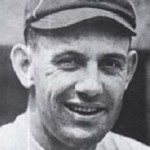

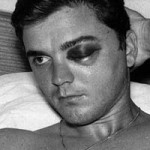 Everyone in Baseball knows this, either consciously or unconsciously. But no one really speaks out-loud about it. Batters don’t want that image embedded in conscious thought when going up to the plate, and Pitchers, although they don’t mind hurting an opposing batter
Everyone in Baseball knows this, either consciously or unconsciously. But no one really speaks out-loud about it. Batters don’t want that image embedded in conscious thought when going up to the plate, and Pitchers, although they don’t mind hurting an opposing batter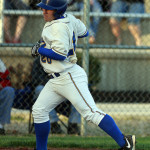 , don’t want the stigma of criminal intent on their “political” resumes
, don’t want the stigma of criminal intent on their “political” resumes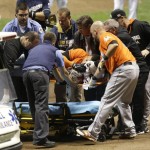 . I don’t know how many times I’d heard (in my short professional career) a pitcher irreverently say, “I’m gonna stick one in his ear”
. I don’t know how many times I’d heard (in my short professional career) a pitcher irreverently say, “I’m gonna stick one in his ear”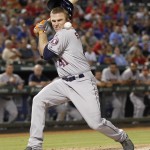 . I actually heard one pitcher on my team bragging about seeing blood trickling from the ear of someone he had “nailed” (this was before ear-flaps were required on helmets.)
. I actually heard one pitcher on my team bragging about seeing blood trickling from the ear of someone he had “nailed” (this was before ear-flaps were required on helmets.)
*A. Aside from mandating a pitcher to throw no faster than 80 MPH, the surest way to improve Major-League batter-confidence in order to improve competency is to take away (at least partially) the pitcher’s “intimidation-factor.” IF a pitcher wanted, he could “nail” a batter any time he intended. 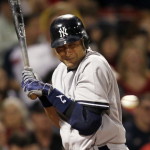 And when a pitcher intends to hit a batter, to hurt him, or to scare the hell out of him (especially a good or smart hitter), he will set him up to expect a breaking pitch.
And when a pitcher intends to hit a batter, to hurt him, or to scare the hell out of him (especially a good or smart hitter), he will set him up to expect a breaking pitch.
The best of hitters has conditioned himself to first look-fastball over the plate. But to hit the curve or hard slider, he must wait and anticipate any pitch coming at him to break away. IF he detects that the ball is not intending to deviate from its straight-line trajectory, he will abruptly hit the ground or “turn, roll, and bend or fall.” If he waits too long, he’s “dead-meat.”
If the batter is hit in the head (glancing or solid blow), drilled in the back, side, rump, arm, elbow, wrist, hand, leg, knee, ankle, or foot, he is awarded first base. If he is unable to continue in the game (perhaps placed on the D.L. for a week, month, or life) another player substitutes for him. The next batter grounds out, and the inning is over and all is forgotten, except by a Tony LaRussa, Kirk Gibson, or Kevin Towers, who, in all fairness to his player (and who would not empathize?), and in just retribution to ageless “tradition” will continue the policy of complete and utter disregard for the health and well-fare of another “human-being” (and it is usually an innocent batter who gets the brunt of “retaliation”).
(Are you getting the picture of, “Bludgeoning Effect” of a 90-100 MPH 5 ounce, hard, round projectile?)
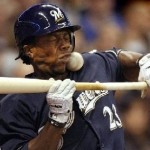
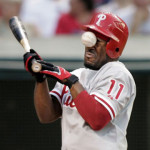
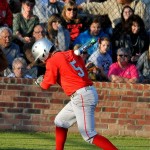
*B. The only practical RULE that will either eliminate, or at least diminish the hideous tendency to deliberately or “accidentally” hit a batter with a “Fast-ball” or “Hard Slider” or “Cutter.” is one that will award the batter 2 bases (not one), allowing him to pass First Base and go directly to Second Base, and putting him, or any previous base-runners, immediately in scoring position. (Then, maybe for extra measure, accredit him with a 2-base hit to boot.) If such pitched ball strikes a batter on a part of his body that is protected by “armor” of some sort (except helmet) then he is awarded one base. The umpire’s discretion would govern all aspects of the Rule.
*C. Although Bud Selig did an admirable job as Baseball Commissioner, his most blatant omission or dereliction of duty was in not conceiving and enforcing this rule before he left office. His successor must (and will) do the “right thing.” 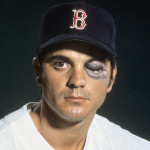 Will this guy ever play again?
Will this guy ever play again?
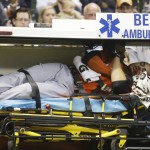 And will this guy ever recover, to fulfill his potential
And will this guy ever recover, to fulfill his potential ?
?
As an aside-note to this specific topic, especially interesting to me, who is not much of an “old-school” advocate, is that Baseball’s Founding Fathers may have understood some factors of the game that hadn’t really come to light until the era of “Saber-metrics.” Back in the “old-old-days” any time a batter made it to first base, he was considered to have gotten a “base-hit,” and his average attested to this. Somewhere within the successive generations it was felt that the “art of getting on base” was not as important or glamorous as hitting the ball safely for a base-hit. So, rule changes denigrated those whose batting averages were below others’ of their contemporaries. (Imagine an era of no protective head -gear.)
Not until “Saber-metricians” established a verifiable scale of consistent positive characteristics to denote the over-all value of the offensive and defensive attributions of all players did the re-justification of the so-called “mediocre” ball-player come to Baseball awareness. Not only is “hitting a base-ball the most difficult skill to perform in all of sports,” but Baseball itself is, in my estimation, the most intricate and difficult of games to play in all of Sport. (That’s another topic for discussion, perhaps with “Hunger-Games.”)
Also for consideration should be the fact that the 2 greatest Pitchers of all time, Walter Johnson and Sandy Koufax, would never throw at a batter. And if they accidentally hit a player on an intended inside-corner pitch, they were humble and considerate enough to apologize. They relied on their mastery of the “Art of Pitching,” and didn’t resort to any barbaric, intimidation factor to enhance their success. That’s the way Baseball was usually played in the Sandlot Leagues, where kids of my era would have been appalled if they knew their “heroes” were deliberately throwing at batters. Since “Bean-Balling”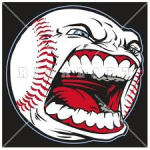 has been written about in such fondly sentimental fashion lately, Little-League and High-School Pitchers have recently developed the “Cool” penchant for throwing at the batter.
has been written about in such fondly sentimental fashion lately, Little-League and High-School Pitchers have recently developed the “Cool” penchant for throwing at the batter. 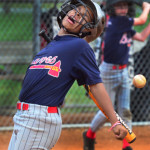 One way (the only way) to stop all this “Non-Sense” is to adopt this “new rule,” and continue the enhanced modification toward making the Game of Baseball the most civilized as well as the most fun game for kids and adults to play.
One way (the only way) to stop all this “Non-Sense” is to adopt this “new rule,” and continue the enhanced modification toward making the Game of Baseball the most civilized as well as the most fun game for kids and adults to play.
Monuments and Plaques have been constructed in posthumous honor to players like Tony Conigliaro 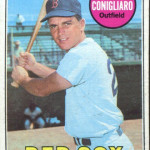
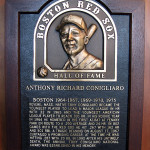 and Ray Chapman
and Ray Chapman
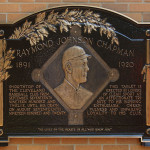 , but a more practical and immediate memorial to all batters who incur the volatile and violent impact of any misplaced pitched ball would be the awarding of at least a two-base accommodation for their physical and mental anguish, not to mention the Team’s just compensation for their inappropriate loss if said player languishes on the Disabled List.
, but a more practical and immediate memorial to all batters who incur the volatile and violent impact of any misplaced pitched ball would be the awarding of at least a two-base accommodation for their physical and mental anguish, not to mention the Team’s just compensation for their inappropriate loss if said player languishes on the Disabled List.
The following is part of a Newspaper article appearing in a Boston paper after Tony Conigliaro had the misfortune of being hit in the eye by a pitched baseball:
August 1967: A glum Tony Conigliaro  was in his hospital bed at Sancta Maria Hospital in Cambridge while being treated for a cracked cheekbone, dislocated jaw, and damaged retina. This was the fifth time in Tony’ Cs major league career that he has been hurt by pitched balls. He suffered a separated shoulder during spring training when a John Wyatt fastball sailed during batting practice. During his rookie season, he suffered a hairline fracture of the left wrist after being hit by a Moe Drabowski pitch. A month later, he was out for six weeks when a Pedro Ramos pitch broke his right forearm. And in 1965, Wes Stock of the Kansas City A’s put Tony out of the lineup for 12 days with a broken hand. The injury from the Jack Hamilton pitch would prove to be the most serious of all. And ultimately “ended his life as a ball-player.”
was in his hospital bed at Sancta Maria Hospital in Cambridge while being treated for a cracked cheekbone, dislocated jaw, and damaged retina. This was the fifth time in Tony’ Cs major league career that he has been hurt by pitched balls. He suffered a separated shoulder during spring training when a John Wyatt fastball sailed during batting practice. During his rookie season, he suffered a hairline fracture of the left wrist after being hit by a Moe Drabowski pitch. A month later, he was out for six weeks when a Pedro Ramos pitch broke his right forearm. And in 1965, Wes Stock of the Kansas City A’s put Tony out of the lineup for 12 days with a broken hand. The injury from the Jack Hamilton pitch would prove to be the most serious of all. And ultimately “ended his life as a ball-player.”
I know that it is no consolation to Tony C. and Ray Chapman, but all batters, in all the Baseball Leagues in America, and around the World, would certainly feel a little bit better if they were awarded an extra base after being bludgeoned anywhere on their bodies by the force of that speeding, hard, round projectile fondly referred to, in most cases, as a baseball thrown by a Pitcher. THE END!

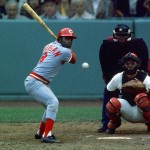
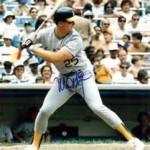
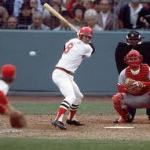
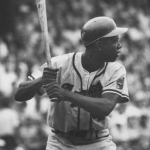

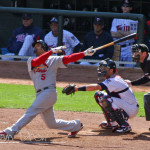
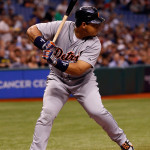
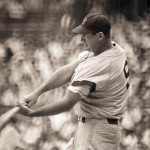
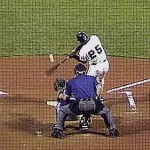

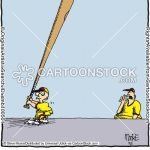
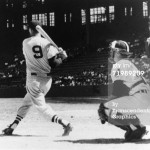
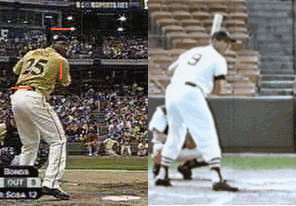
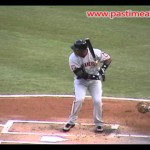
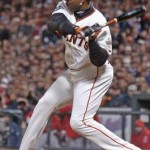
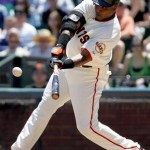
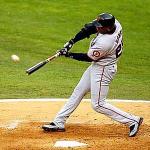
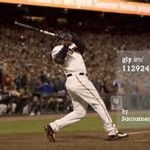
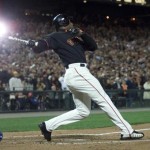
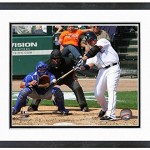
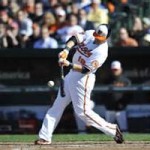
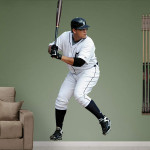
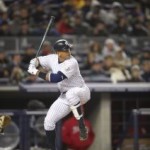 that front foot, while in “suspended-animation” is subject to inconsistent “planting” that is the most crucial element necessary in initiating the swing. If “timing” isn’t perfect, such batter is either Late, or Early with the “plant”. When asked how he manages his ability to get out of momentary slumps, he offered the following statement, “I just don’t stride with my front foot, and it works itself out”. Duh! That’s the secret to the natural success that anyone would experience. So why doesn’t he do that all the time?
that front foot, while in “suspended-animation” is subject to inconsistent “planting” that is the most crucial element necessary in initiating the swing. If “timing” isn’t perfect, such batter is either Late, or Early with the “plant”. When asked how he manages his ability to get out of momentary slumps, he offered the following statement, “I just don’t stride with my front foot, and it works itself out”. Duh! That’s the secret to the natural success that anyone would experience. So why doesn’t he do that all the time?
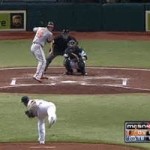 .
.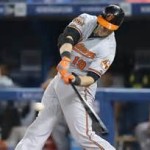

 With his natural power ( not needing to be steroid enhanced) Chris is the front-runner to legitimately replicate the Bonds’ mystique and carve out a niche in Baseball’s legendary “Hall of Heroes”. But only if he changes his false-impression of “proper hitting technique”! He must incorporate a new stance, and approach to the ball with thought-processes and actions of the scientific application of the proper batting mechanics practiced most consistently by Barry, and Mark McGwire (the vanguard to such scientific-artistry being attributable to Ted Williams
With his natural power ( not needing to be steroid enhanced) Chris is the front-runner to legitimately replicate the Bonds’ mystique and carve out a niche in Baseball’s legendary “Hall of Heroes”. But only if he changes his false-impression of “proper hitting technique”! He must incorporate a new stance, and approach to the ball with thought-processes and actions of the scientific application of the proper batting mechanics practiced most consistently by Barry, and Mark McGwire (the vanguard to such scientific-artistry being attributable to Ted Williams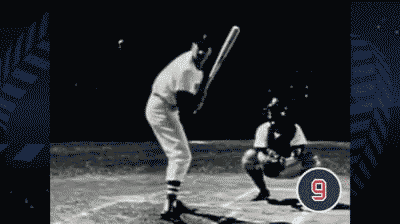 ).
).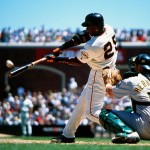
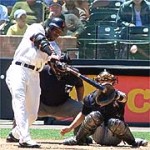

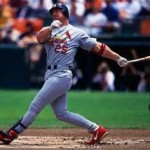
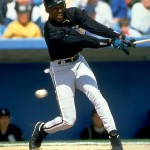
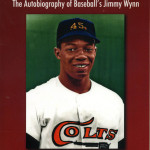
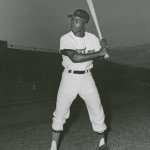
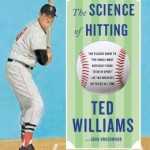
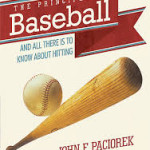
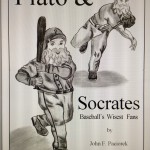
 Relativity Theories precipitated the onset of Quantum Mechanics whose main postulate states that “at the fundamental levels of matter causation is a matter of statistical probabilities, not certainties.” But Newton’s advanced mathematical appliance of Calculus certainly made it evident that previously incomprehensible circumstances were now afforded a venue from which to reduce those margins for error that had previously exacerbated most querulous situations.
Relativity Theories precipitated the onset of Quantum Mechanics whose main postulate states that “at the fundamental levels of matter causation is a matter of statistical probabilities, not certainties.” But Newton’s advanced mathematical appliance of Calculus certainly made it evident that previously incomprehensible circumstances were now afforded a venue from which to reduce those margins for error that had previously exacerbated most querulous situations.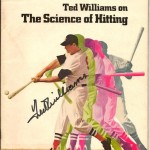
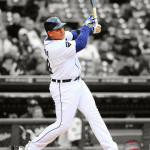
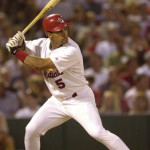
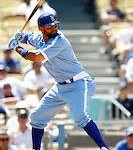 (Thus the recycling of “team-building” continues until the futility of errant ways obviates, and heads roll.)
(Thus the recycling of “team-building” continues until the futility of errant ways obviates, and heads roll.)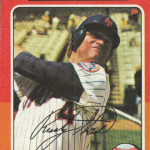 But without a thorough investigation into the depths of mechanical understanding, the closest his trial and error tactics will get him to his highest proficiency is the range encircling the .300 mark. Not bad, but far from superlative achievement!
But without a thorough investigation into the depths of mechanical understanding, the closest his trial and error tactics will get him to his highest proficiency is the range encircling the .300 mark. Not bad, but far from superlative achievement!